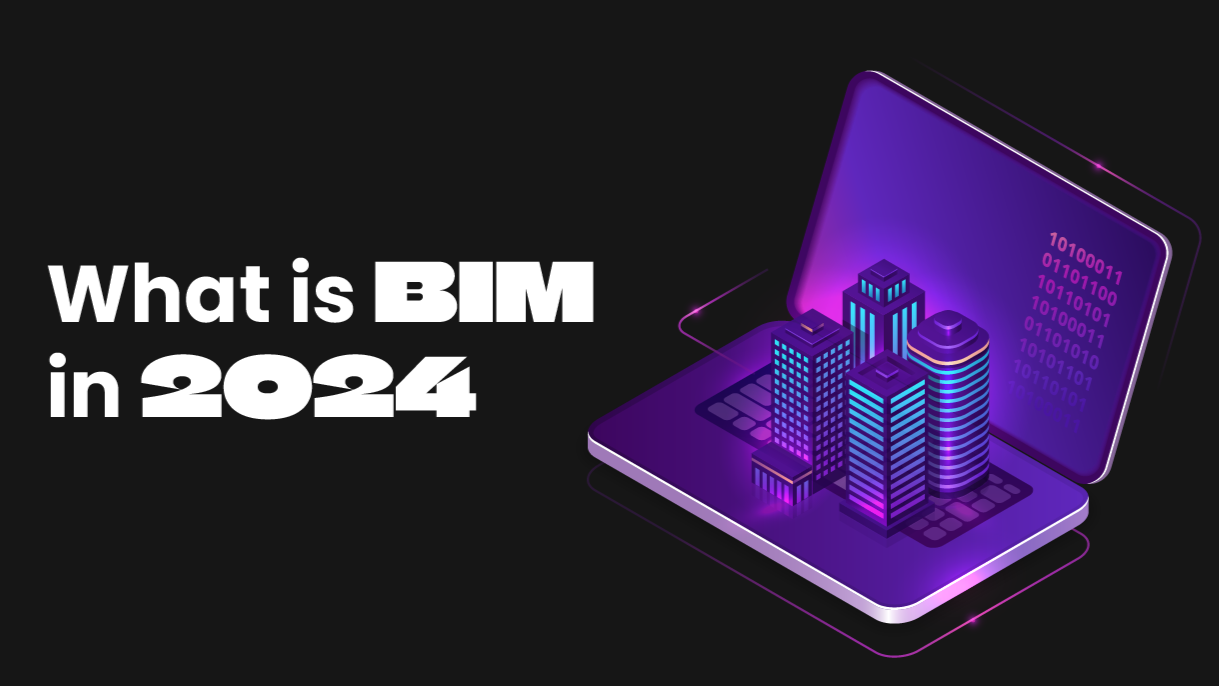Some people are still not aware of how BIM could make an enormous and positive difference in their professional careers, which means they are unaware of its capabilities and the role it’s going to play in the recent future.
Studying architecture is synonymous with using different software tools to design and plan. Students often render several versions of their projects so that they can see what they would actually look like once they’ve been built. However, despite all the innovations that this software has, many architects are letting go of traditional practices to focus their efforts on BIM.
Generally speaking, the buildings that impress people all around the world are architectural wonders that couldn’t be constructed without leveraging BIM. Why? There are many stakeholders involved in the complex design and build efforts of new structures. This presents many challenges for architects who are still often using tools that don’t bring to the table all of what BIM has to offer.
What if…
you walked into an architecture studio and saw rows and rows of drafting tables? You’d probably laugh. Why then do many of the world’s creatives languish behind old tools, even if they are on a computer screen? The hardware an architect may use could be state of the art. However, it’s the tools inside and how they are leveraged that allow you to take full advantage of the digital future we reside in today.
The Future of Architecture is Here
As it allows architects to enrich the data in every single aspect of their projects, BIM makes an enormous difference in terms of the use of resources (human, material, and economic), the time needed to design, plan and construct, and also in the reliance on the professionals who are hired to carry out large scale projects. So, discarding BIM as a career path is letting go of the dream of contributing to the designing, planning, and construction of worldwide acclaimed buildings, while also risking misusing resources and, consequently, losing your employer’s trust.
BIM is changing architecture as we know it and it will only continue to grow and expand. And while in some regions and countries choosing it as a career path is (as of today) almost a leap of faith to many, to us it’s a safe bet for your professional life. Having BIM knowledge can only widen your career options and your company’s capabilities.
Many countries now have established policies and regulations requiring collaboration levels that only BIM can provide. Often, an architect must collaborate closely with other stakeholders ranging from construction companies all the way down to the sub-contractor level. Not leveraging contemporary tools as a professional option means not only staying behind in terms of innovation in the field but also drastically reducing your organizations to engage in new projects.
The time is now.
Our mission is BIM for All. Small or large, your organization can harness these tools by implementing software systems that allow closer collaboration and a more efficient workflow. Our BIM experts are here to advise you on what works well, and what does not. The time is now, are you ready to get started?




